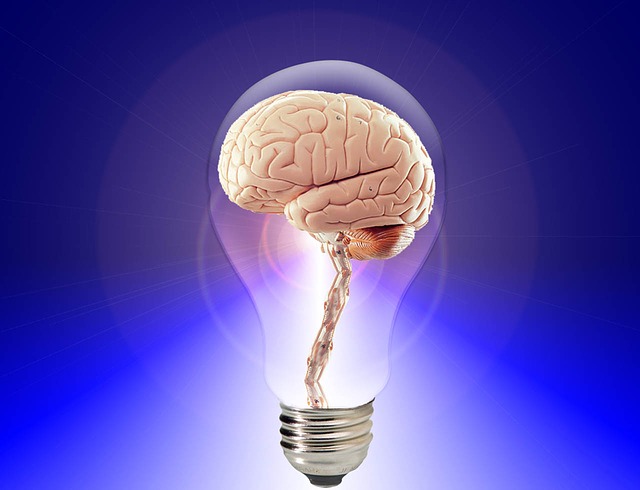With over a billion neurons, the brain is one of the most complex nervous systems that control almost every bit of human activity – processing, integrating and finally coordinating. It consists of the cerebellum, cerebrum and the brainstem.
Out of the three brain parts, the cerebrum is the largest, and it’s divided into two. The cerebellum is essential in the production of cerebral fluids, and it is connected to the brainstem via a pair of tracts.
The brainstem is the part of the brain that includes the medulla oblongata and the midbrain and goes on to link with the spinal cord.
Brain Compartments
The brain is compartmentalized to two parts – the left and the right brain.
Left Brain
Theoretically, it is assumed that your character is determined more by which side of the brain you rely on most.
For instance, people who are more analytical and methodical in all their daily routines are assumed to be left side, while individuals who are both artistic and creative are considered to be the right side.
The left part of the brain is crucial in controlling the body’s right side. It is also essential in performing tasks that involve analytical thinking.
Right Brain
As mentioned, the right side of the brain is critical in tasks that involve creative thinking. These tasks may include thinking, intuition, holistic thinking, and imagination. This part of the hemisphere controls the left side of the body.
Both parts are connected via corpus callosum and are essential in serving the body in various ways.
Technologies Used To Determine Brain Functionality
Electroencephalogram
This is an electrophysiological method that involves a non-invasive technique where electrodes are placed on the scalp to measure any electrical activity in the brain.
This diagnostic tool focuses on spectral content and event-related potential. In most instances, it is used to diagnose sleep conditions and epilepsy since they cause irregular EEG readings.
Positron Emission Tomography
This is a type of technology that measures the brain’s metabolism and the dissemination of alien radio-labelled agents in the brain. Once injected in the bloodstream, these agents release emissions which are then measured by PET.
This technique is ideal for individuals who suffer from brain diseases such as Dementia and Alzheimer’s. This radioisotope can cause an allergic reaction. However, it is ideal for short tasks since radioactivity decays fast.
CAT/ CT Scan
Compared to other radiography techniques, CT scan information provides a detailed account of brain injuries and tumours and other brain conditions.
This scan is used to determine specific conditions such as dizziness, aneurysm symptoms, and severe headaches. This technology requires individuals to hold their breath for some time; the machine produces blurred images which renders them useless.
It is common to see artifacts. This technology involves the use of high doses of radiation. Pregnant women may face the risk of developing leukemia and childhood cancer among their unborn children.
Functional MRI
This is a diagnostic tool that measures changes that involve blood flow in the brain. It gambles on the fact that neuron activation and cerebral blood flow are conjugated.
This means that when a particular part of the brain is in use, then there is an ultimate increase in blood flow to that region. This diagnostic tool is essential in determining how risky surgery is to an individual.
It is also ideal in deciding how a diseased, healthy and injured brain functions. Its signal is low & the process is dependent on the levels of oxygenated blood, unlike other tools that rely on electrical activity.






